(Schematic taken from here)
I can't make heads or tails of the push-pull stage similar to the one below - I'd rather try to understand it before this goes to a prototype board.
Q1 will start to conduct as soon as its \$V_{BE}\$ is roughly 0.7V, but how will that happen when its emitter terminal is floating? May I assume Q3 and it's gate capacitance is discharged at the beginning which provides 0V to the node connecting the emitters of Q1 and Q2?
I guess my question is in large part about the circuit's initial conditions and my assumptions about them, but feel free to set me straight.
